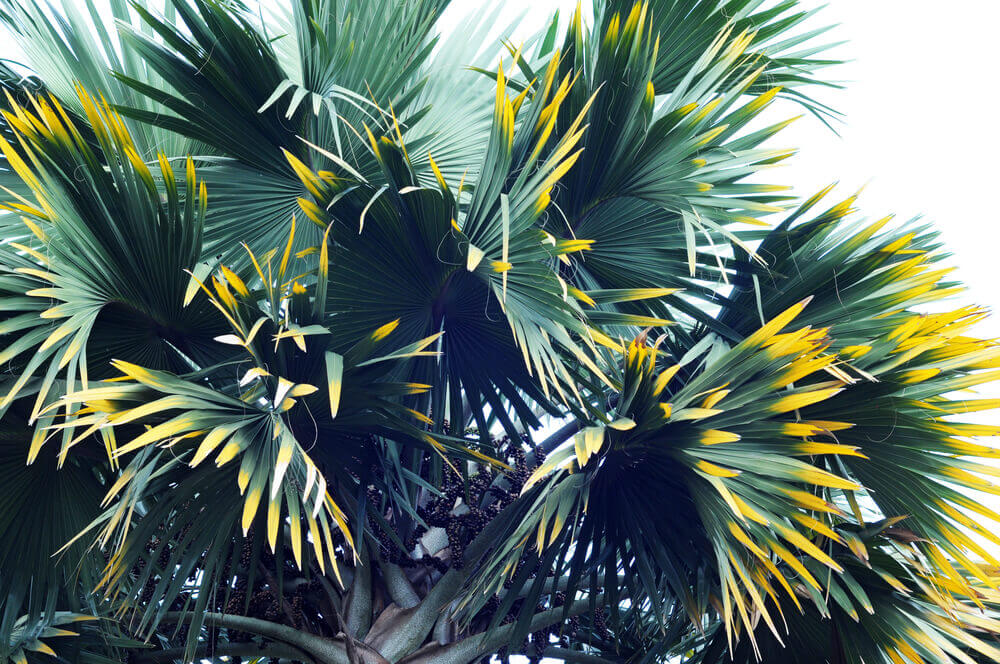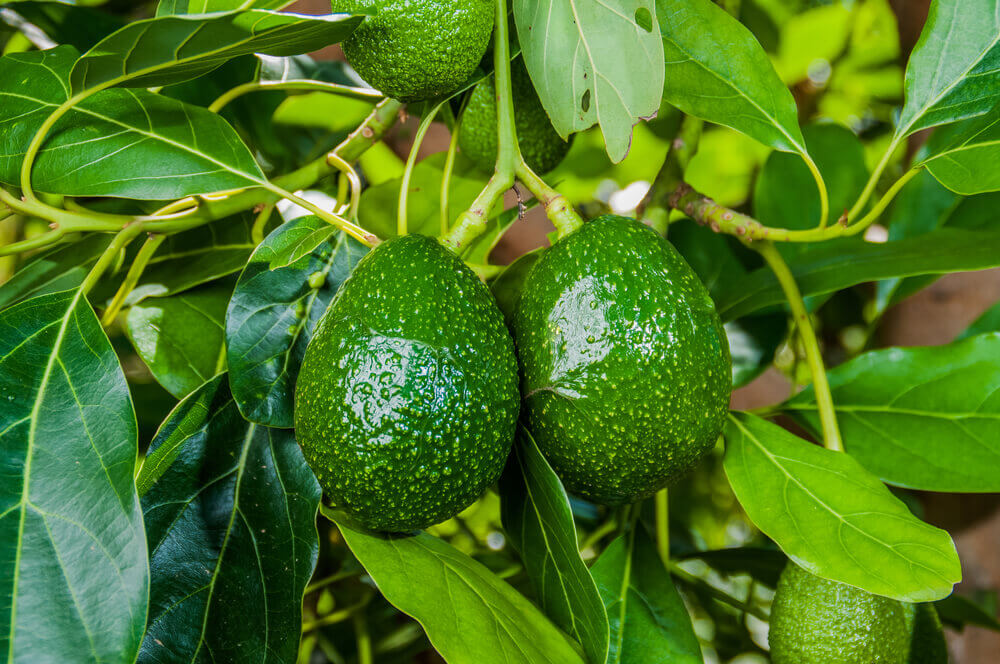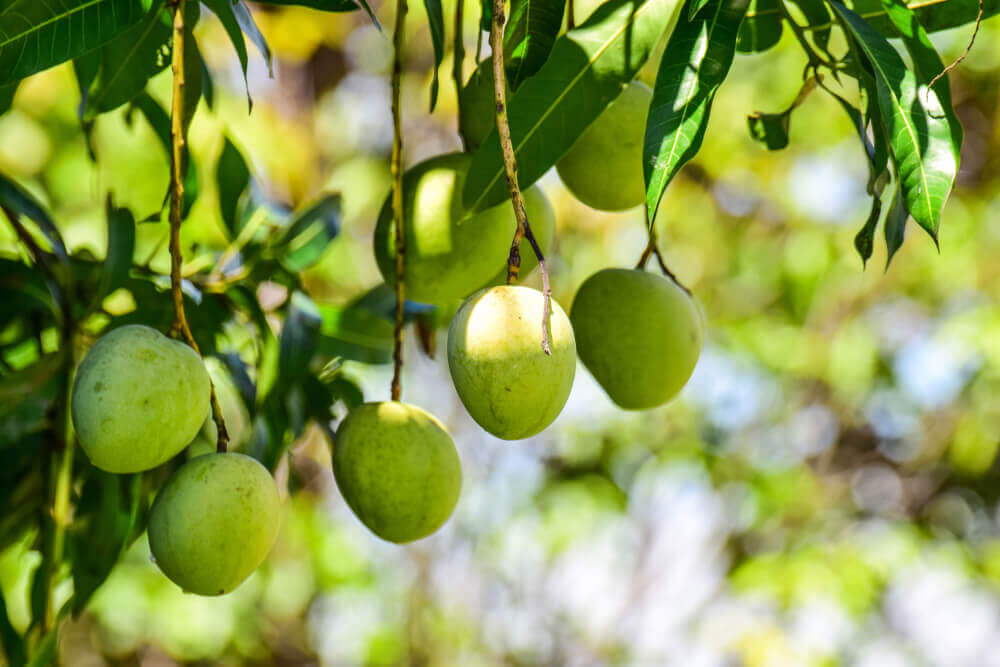Tropical Plants: Care and Uses in Decor

In the world of decor, tropical plants play a big role. Their color and aesthetics help create dynamism and an interesting setting. In addition, they offer freshness by pumping oxygen into their surroundings. So, try them in your home!
There are many tropical plant species but today, we’d like to focus on the ones that can offer your home an original, exotic ambiance. These plants, however, will need close care and monitoring.
They’re definitely not your average plants. Normally, people settle for the plants that they find in stores and nurseries but, why not innovate and try something new that can offer your home a unique decor?
Add an exotic air to your home with tropical plants

Hands down, natural green is an important factor to have at home. Even if you live in the city, plants help us feel alive and create a relaxing, healthy setting.
Of course, tropical plants aren’t native to cold climates, like Europe. They need heat and humidity. Logically, they need these climatic conditions to survive.
You can use the seeds from the tropical fruits that you find in your supermarket. Plant them and you can grow a truly beautiful decorative item.
— To fill your home with life, offer it natural resources. —
Below, we’ll show you some species that can be a good option for your home. Knowing how to care for them properly is crucial to keep them green and leafy.
Avocados

First up on the list are avocados: they originate from Mesoamerica and today, are wildly popular in diets all around the world. Spain has even started growing avocados in areas like Andalucia where it’s warmer.
- Avocado pits are large and spherical.
- Plant them in a pot, around 3m. deep in the soil. After 15 or 20 days, the pit will germinate. But to get there, it’ll need frequent, nearly daily, watering.
- After some time, a small plant will emerge from the pit. When that happens, move it next to the window where it can receive plenty of sunlight.
- Keep your avocado plant indoors during winter. But between May and October, it’ll be fine outdoors.
Papayas

Papayas hail from Central and South America. They’re widely used in recipes and have a peculiar taste. Papayas are exported all over the world and are a common supermarket find.
- Remove the seeds. Wash them and plant them in a thin layer of soil.
- Once planted, cover the container with a transparent plastic bag.
- The seeds will germinate in a few days. Once germinated, move them to a sunny, warm place. They’ll need plenty of light.
- Water them frequently. Humidity is crucial for growth.
- With these steps, you can grow your own small tree. The amount it grows will depend on the container that you plant it in.
— These tropical plants have an intense, gorgeous shade of green. —
Mangoes

You can also find mangoes at any supermarket. They have an intense flavor that can’t be found in any European fruit. They’re commonly eaten as desserts or even in salads.
- Mangoes have a giant, oval pit. Remove and wrap it in a paper towel or something similar. Dampen in water and leave it to germinate for around ten days.
- After it’s started to germinate, plant it in a pot or planter. You’ll need to water it regularly to keep it moist.
- Mangoes need a warm climate and plenty of sunlight for healthy growth.
Tropical plants need water and light. Don’t forget you’re planting them in an environment that’s not natural to them so consistent care is crucial.
In the world of decor, tropical plants play a big role. Their color and aesthetics help create dynamism and an interesting setting. In addition, they offer freshness by pumping oxygen into their surroundings. So, try them in your home!
There are many tropical plant species but today, we’d like to focus on the ones that can offer your home an original, exotic ambiance. These plants, however, will need close care and monitoring.
They’re definitely not your average plants. Normally, people settle for the plants that they find in stores and nurseries but, why not innovate and try something new that can offer your home a unique decor?
Add an exotic air to your home with tropical plants

Hands down, natural green is an important factor to have at home. Even if you live in the city, plants help us feel alive and create a relaxing, healthy setting.
Of course, tropical plants aren’t native to cold climates, like Europe. They need heat and humidity. Logically, they need these climatic conditions to survive.
You can use the seeds from the tropical fruits that you find in your supermarket. Plant them and you can grow a truly beautiful decorative item.
— To fill your home with life, offer it natural resources. —
Below, we’ll show you some species that can be a good option for your home. Knowing how to care for them properly is crucial to keep them green and leafy.
Avocados

First up on the list are avocados: they originate from Mesoamerica and today, are wildly popular in diets all around the world. Spain has even started growing avocados in areas like Andalucia where it’s warmer.
- Avocado pits are large and spherical.
- Plant them in a pot, around 3m. deep in the soil. After 15 or 20 days, the pit will germinate. But to get there, it’ll need frequent, nearly daily, watering.
- After some time, a small plant will emerge from the pit. When that happens, move it next to the window where it can receive plenty of sunlight.
- Keep your avocado plant indoors during winter. But between May and October, it’ll be fine outdoors.
Papayas

Papayas hail from Central and South America. They’re widely used in recipes and have a peculiar taste. Papayas are exported all over the world and are a common supermarket find.
- Remove the seeds. Wash them and plant them in a thin layer of soil.
- Once planted, cover the container with a transparent plastic bag.
- The seeds will germinate in a few days. Once germinated, move them to a sunny, warm place. They’ll need plenty of light.
- Water them frequently. Humidity is crucial for growth.
- With these steps, you can grow your own small tree. The amount it grows will depend on the container that you plant it in.
— These tropical plants have an intense, gorgeous shade of green. —
Mangoes

You can also find mangoes at any supermarket. They have an intense flavor that can’t be found in any European fruit. They’re commonly eaten as desserts or even in salads.
- Mangoes have a giant, oval pit. Remove and wrap it in a paper towel or something similar. Dampen in water and leave it to germinate for around ten days.
- After it’s started to germinate, plant it in a pot or planter. You’ll need to water it regularly to keep it moist.
- Mangoes need a warm climate and plenty of sunlight for healthy growth.
Tropical plants need water and light. Don’t forget you’re planting them in an environment that’s not natural to them so consistent care is crucial.
All cited sources were thoroughly reviewed by our team to ensure their quality, reliability, currency, and validity. The bibliography of this article was considered reliable and of academic or scientific accuracy.
Bärtels, Andreas: Plantas tropicales: ornamentales y útiles, Omega, 2005.







